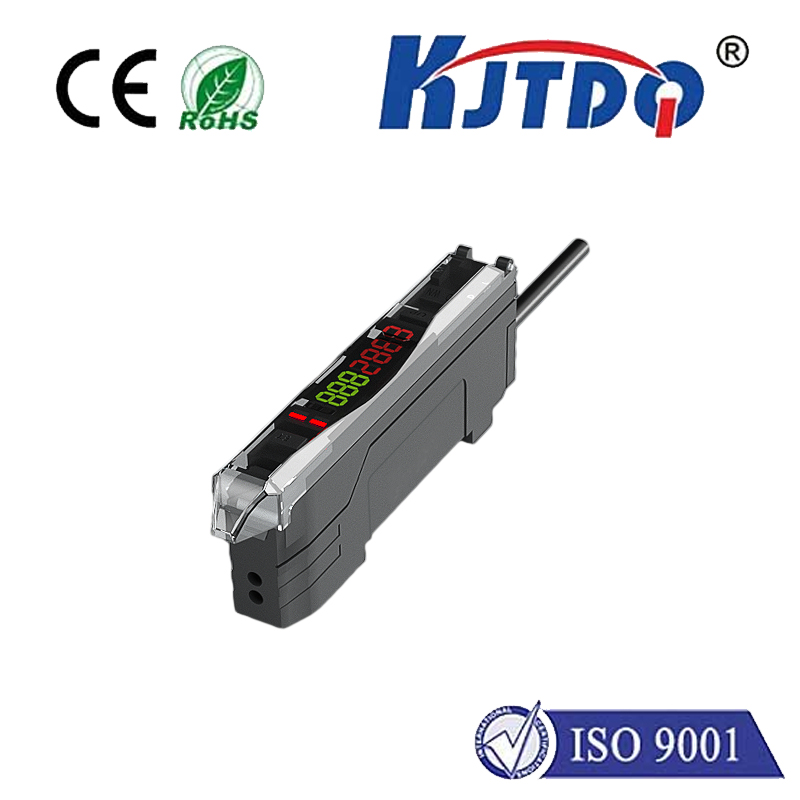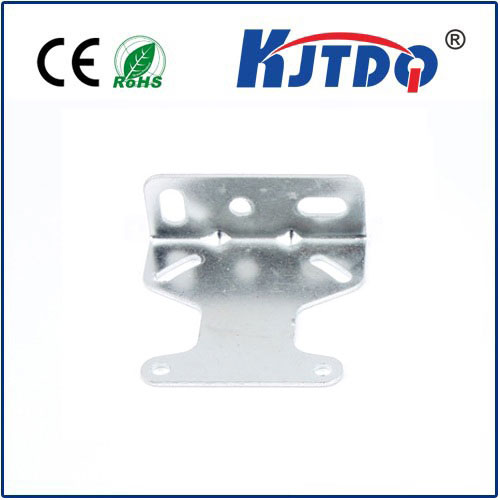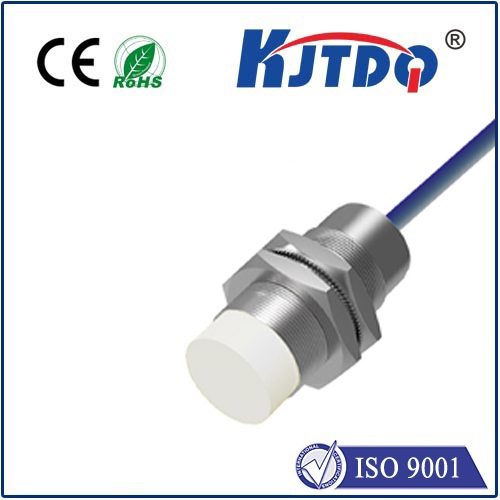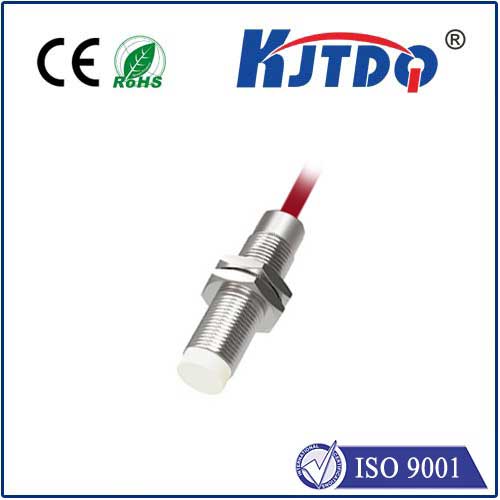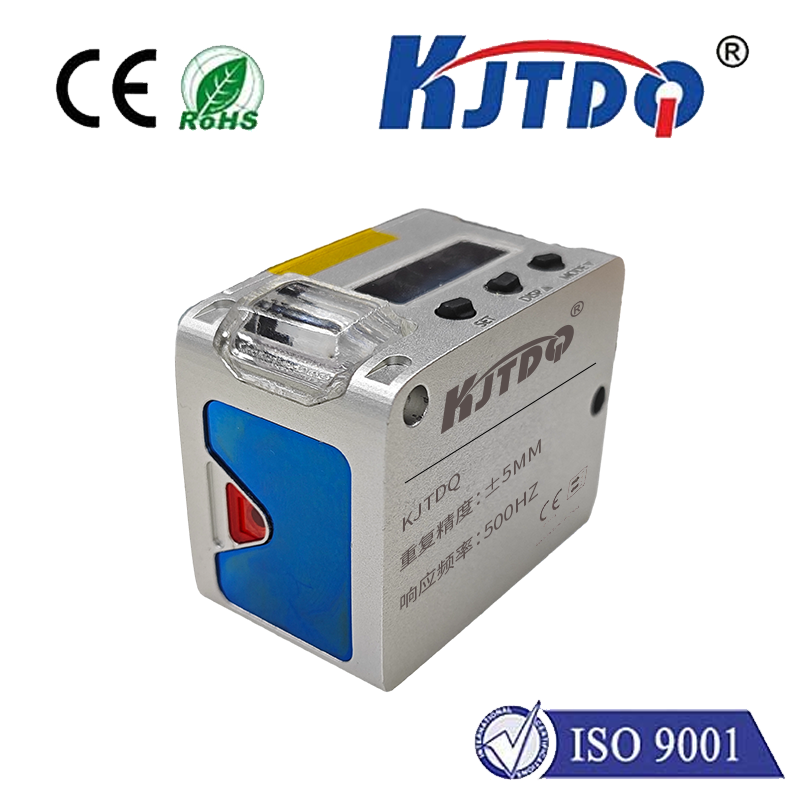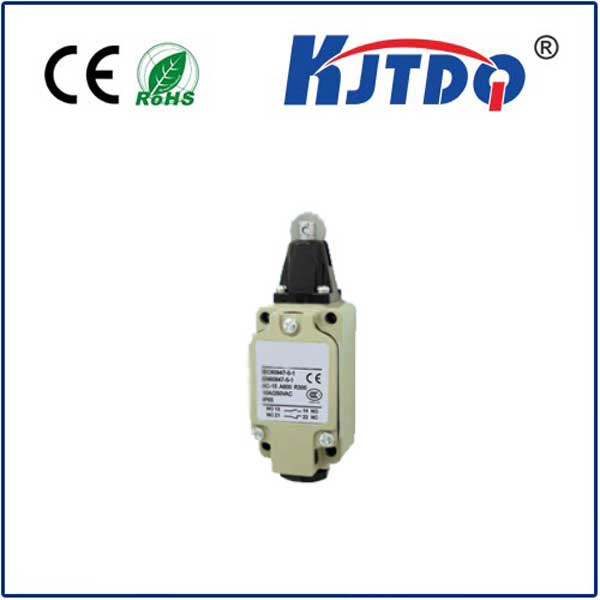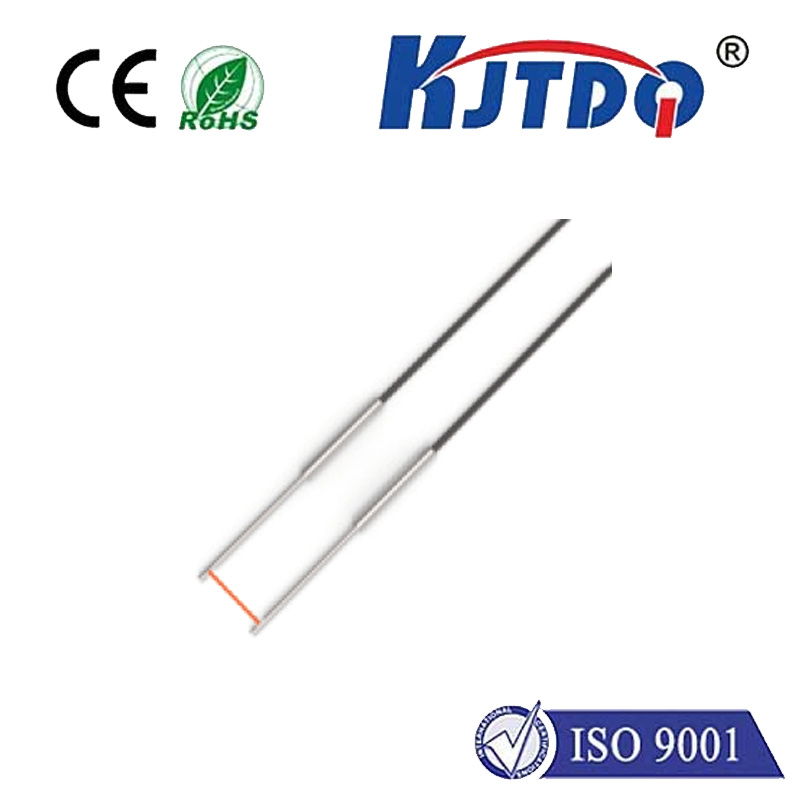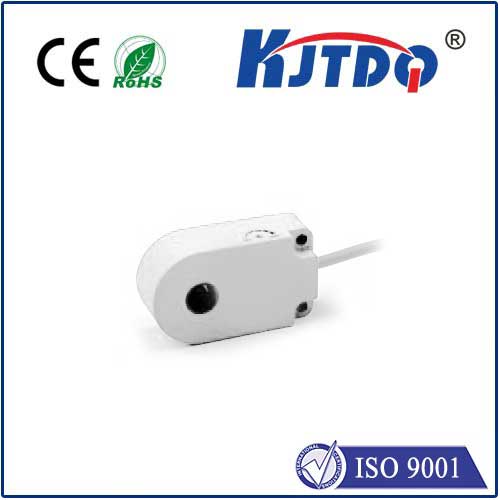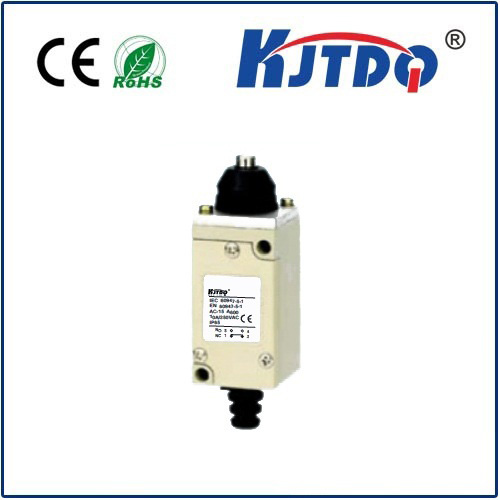
check

check

check

check
Introduction:
Induction sensors are widely used in a variety of industries, including automotive, manufacturing, and food processing. They are an essential component of many machines and systems, providing accurate and reliable data. However, determining the price of induction sensors can be challenging, especially for those who are not familiar with the market. This article will provide a step-by-step guide on how to calculate the price of induction sensors based on their specifications and production costs.
Step 1: Determine the Type of Induction Sensor
The first step in calculating the price of an induction sensor is to identify its type. There are several types of induction sensors, each with different features and applications. Some common types include magnetic induction sensors, optical induction sensors, and ultrasonic induction sensors. By knowing the specific type of sensor being considered, it becomes easier to determine its pricing.
Step 2: Consider the Specification of the Sensor
The next step is to consider the specification of the sensor. This includes factors such as operating temperature range, rated power output, sensing distance, and accuracy. The more advanced and sophisticated the sensor's features, the higher the price will likely be. It is important to carefully review the specification of the sensor before calculating its cost.
Step 3: Look at Production Costs
Another critical factor in determining the price of an induction sensor is its production costs. This includes labor costs, material costs, and overhead expenses associated with producing the sensor. Factors such as manufacturing technology, production volume, and supply chain management also impact the overall cost of producing an induction sensor. By understanding these factors, you can get a better idea of how much it would cost to produce a specific sensor.
Step 4: Compare Prices from Different Suppliers
Once you have identified the type and specification of the sensor you need and have a good understanding of its production costs, it is time to compare prices from different suppliers. This can be done by researching online marketplaces or contacting manufacturers directly. It is important to compare not only the price but also the quality and reliability of the sensor to ensure that you are getting the best value for your money.
Conclusion:
Calculating the price of induction sensors can be a complex process, but by following these steps, it becomes much simpler. By considering factors such as sensor type, specification, production costs, and supplier comparisons, you can accurately determine the cost of your desired sensor. This knowledge can help you make informed purchasing decisions and optimize your budget for your business or personal needs
